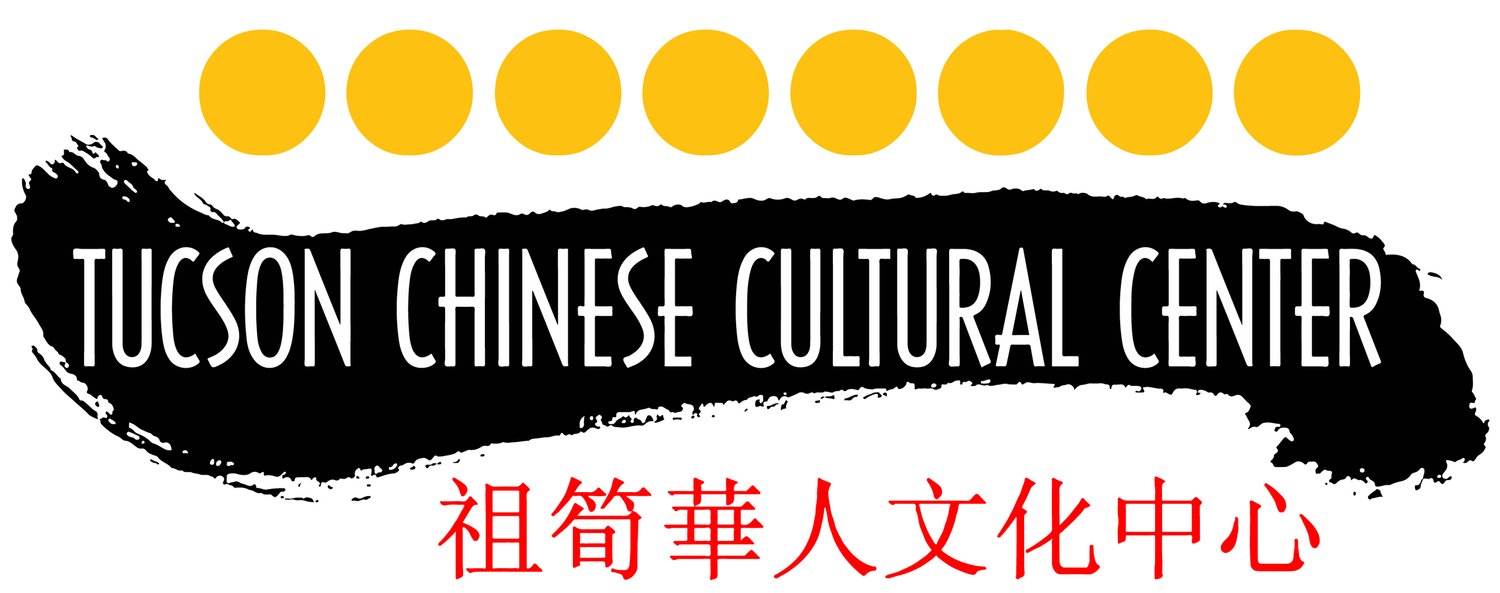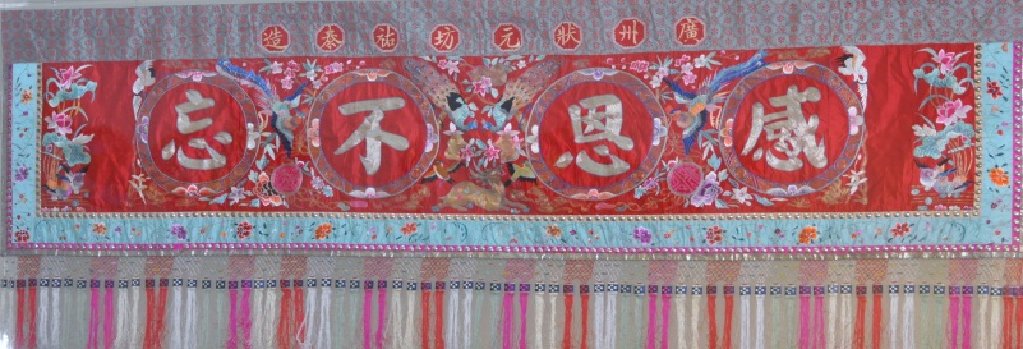
TCCC History Program
Our History Program documents and preserves the rich history of the Chinese people of Tucson. The program uses symposia, storytelling, rolling history tours, festivals, and other events to remind our members and the public about the contributions of this important community.
By the 1860s, about 25 Chinese men arrived in the Arizona Territory. Most came from Texas, California, Wyoming, Louisiana, and northern Mexico and worked as placer miners. Their small numbers reduced the degree and frequency of racism in the Arizona Territory. In the late 1870s and early 1880s, Chinese immigrants settled in Tucson in a racially mixed but predominately Mexican area around Marshal Foundation BannerSouth Meyer, Main, Pennington, Pearl, Congress, and Alameda Streets. Considered Tucson’s first area of Chinese residential concentration, the neighborhood was also home to many Mexicans. By 1883, Tucson Chinese were most heavily concentrated in this district west and south of the presidio gate. Some Chinese who had formerly worked on the Hermosillo to Guaymas, Mexico, railroad line, occupied original buildings of the neighborhood. Residents in this area also included other young male Chinese migrants who sought refuge alongside poor Mexican families in rundown buildings. The Chinese men of Tucson thus were not isolated from the community.
Carriage of Lee GoonAs mining jobs closed to them, the newly arrived Chinese men gravitated to merchant activities and farming. In the early 1880s, a number of them wanted to return to farming, the traditional livelihood of their ancestors in China. They leased land from prominent property owners, including Leopoldo Carrillo, and began to grow fruits and vegetables for market. By 1885, 150 acres were under cultivation by Chinese farmers along the banks of the then-flowing Santa Cruz River and Tucson’s Chinese farmers became known as produce providers for the emerging city. By trucking their vegetables and fruits into the city to sell, transporting it on farm wagons [similar to the one in the picture], relationships developed between the Chinese farmers and the Tucson families who purchased their produce. But the Santa Cruz River was strained by the demands of commercial agriculture. By the end of the nineteenth century, as overuse of the river forced its flow underground, Chinese produce farming on the river banks disappeared.
By 1900, after establishing themselves in Tucson and surrounding areas, Chinese men returned to China to bring back wives. Gradually a community formed based in nuclear family life. This encouraged the development of grocery store businesses, which relied almost entirely on family labor. These grocery stores became a backbone of development for the Chinese community in Tucson. By the 1920s Chinese merchants began to prosper. As grocers, they became known for offering credit to customers who could not immediately pay their bill. The credit extended by Chinese grocers may have lessened the impact of the Great Depression on customers and their families.
As the Chinese grocers became a part of their neighborhoods, they offered foods matching the tastes of their customers, including “Chinese” chorizo, which is still remembered fondly by those who prepared it in the butcher areas of their stores.
By the 1940s, approximately 100 Chinese grocery stores graced the streets of downtown Tucson. In the same period, the Tucson Chinese were proud participants in the U.S. military service during World War II. After the war, many Tucson Chinese veterans used the GI Bill to attend college where they prepared for careers in law, medicine, education, engineering, and architecture.
Many new grocers worked for others initially, and then looked for their own stores in areas that were then “outlying”, to avoid the intense competition in the older areas of the city. One such market was Alan’s Market, in Barrio Hollywood, founded in the 1950s. David Lee, son of the owners and now a University of Arizona pharmacist, recalls,
“I have many fond memories working with my parents at Alan’s Market. In fact, I white washed the building and the imperfect black lettering is my doing. The building had only an evaporative cooler that was ineffective during the humid monsoon season. We had a large walk-in refrigerator for beer, milk products, sodas, meats. I would plan special times to load the beer and sodas into the walk-in just to get cooled down.”
Life in the grocery stores encompassed the lives of the families. For insights, see our panel discussion from our 2011 program, “The Vanishing Chinese Grocery Store” among the videos below.
Later, Tucson Chinese bought large tracts of land in Marana and Flowing Wells to cultivate artichokes, lemons, wheat, and cotton. Tucson Chinese also established social and religious institutions by forming mutual aid associations and founding the Chinese Evangelical Church (est. 1926).
By the 1960s, the original composition of the Tucson Chinese community began to change. A number of factors caused the decline of the Chinese grocery stores even as the children of these families continued to attend college more frequently than ever before.
By the second decade of the 21st Century, the community is a diverse one, composed of Chinese Americans and a growing number of recently arrived immigrants, mostly from the professional classes. Today, approximately 5,000 Chinese residents live in Tucson. Indeed, the Tucson Chinese community – both old and new – has considerably enhanced cultural life in the Old Pueblo.
The Center houses a collection of historic story boards about individual Tucson grocery stores. Come see this exhibit at no charge whenever the Center is open.
More Tucson Chinese History at Sandychan.net
History Videos
Tucson Speaks! Fighting for Citizenship
Chinese Chorizo
“The Vanishing Chinese Grocery Store”
Panel discussion from our 2011 program






